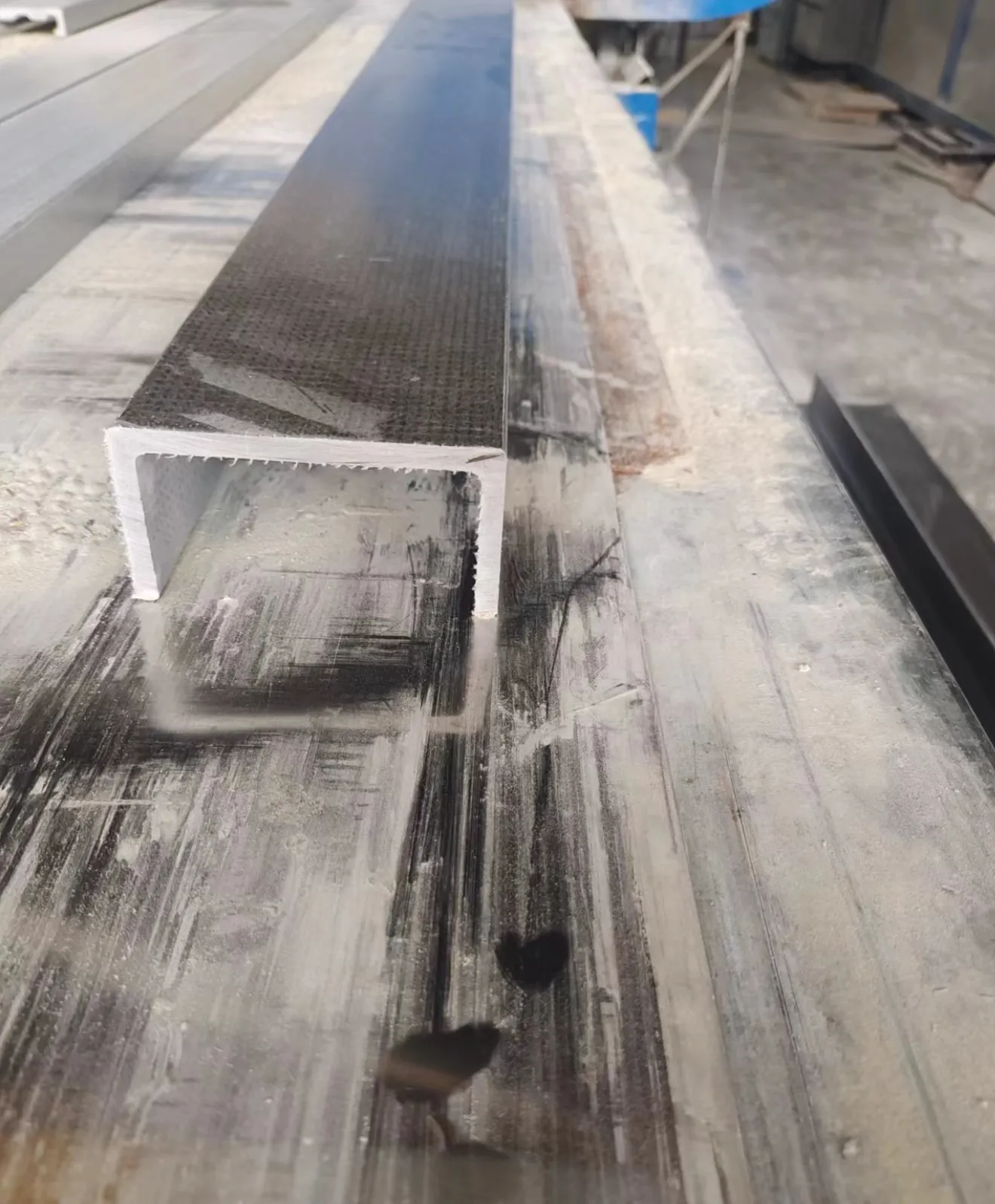loading...
- No. 9, Xingyuan South Street, Dongwaihuan Road, Zaoqiang County, Hengshui, Hebei, China
- admin@zjcomposites.com
- +86 15097380338
- Welcome to visit our website!
frp channel
Understanding FRP Channels An Overview
Fiber Reinforced Polymer (FRP) channels represent a significant advancement in the field of construction and material science. These innovative structural components are made from a combination of polymer resins and reinforcing fibers, typically glass or carbon, resulting in a material that is both lightweight and incredibly strong. In this article, we will explore the properties, applications, and advantages of FRP channels, shedding light on their increasing presence in various industries.
What are FRP Channels?
FRP channels are structural elements designed in a U-shape, commonly used in construction and engineering applications. Their lightweight nature, combined with their high strength-to-weight ratio, makes them a preferred choice for various structural applications. The channels are manufactured through a process that combines the resin with reinforcing fibers, ensuring that the final product is durable and capable of bearing heavy loads without deformation.
Properties of FRP Channels
One of the most appealing features of FRP channels is their excellent corrosion resistance. Unlike traditional materials such as steel or aluminum, which are prone to rust and deterioration when exposed to moisture or harsh chemicals, FRP channels maintain their integrity even in the most challenging environments. This quality makes them ideal for use in settings where corrosion is a significant concern, such as in chemical processing plants or coastal areas.
Another noteworthy property of FRP channels is their thermal insulation. These channels do not conduct heat as readily as metals, making them suitable for applications where temperature fluctuations are an issue. This insulating property can lead to enhanced energy efficiency in buildings or structures where temperature control is crucial.
Applications of FRP Channels
FRP channels are gaining traction in a variety of sectors due to their unique qualities. In the construction industry, they are increasingly being used for beams, trusses, and supports in frameworks. Their lightweight nature allows for easier handling and installation, reducing labor costs and times considerably.
frp channel

In the transportation sector, FRP channels are being employed in the construction of bridges and railings. The durability and corrosion resistance of these materials ensure that structures remain safe and functional over extended periods, even under heavy traffic conditions.
The marine industry is another significant beneficiary of FRP technology. Boat manufacturers use FRP channels to build vessels that are not only lighter but also resistant to saltwater corrosion, thus enhancing the longevity of their products.
Advantages of Using FRP Channels
The adoption of FRP channels in construction and engineering brings a host of benefits. One of the most significant advantages is their weight. By using FRP channels instead of traditional materials, builders can reduce the overall weight of structures. This reduction can lead to savings in foundation costs and enable the design of more intricate architectural forms.
Additionally, FRP channels are easy to work with. They can be cut, shaped, and assembled using a variety of methods, making them versatile components. This flexibility, combined with their inherent strength, allows engineers and architects to push the boundaries of design, creating structures that may have been deemed impossible with conventional materials.
Moreover, the longevity and low maintenance needs of FRP channels contribute to economic efficiency over the lifecycle of structures. Although the initial investment may be higher than that of other materials, the durability and reduced need for repairs can lead to cost savings in the long run.
Conclusion
In conclusion, FRP channels represent a forward-thinking solution in the landscape of modern construction and engineering. Their unique properties, including corrosion resistance, thermal insulation, and lightweight nature, make them an attractive alternative to traditional building materials. As industries continue to innovate and seek sustainable solutions, the use of FRP channels is likely to expand further, paving the way for more efficient and resilient structures. With their myriad advantages, FRP channels are not just a trend but rather a significant advancement that reflects the future of material science and engineering practices.
-
Premium FRP Handrail for All ApplicationsNewsAug.29,2025
-
Low Maintenance FRP Mini Mesh Grating ProductsNewsAug.29,2025
-
Innovative FRP Square Tubes for Modern Industrial SolutionsNewsAug.29,2025
-
FRP Water Storage Tanks Wholesale Solutions for Bulk BuyersNewsAug.29,2025
-
FRP Molded Grating Solutions for Diverse Industrial ApplicationsNewsAug.29,2025
-
Construction Advancements Through FRP Pultruded ProfilesNewsAug.29,2025
-
Why Choose FRP Railings, Guardrails, and Handrail Systems?NewsAug.29,2025
